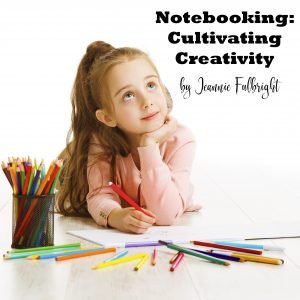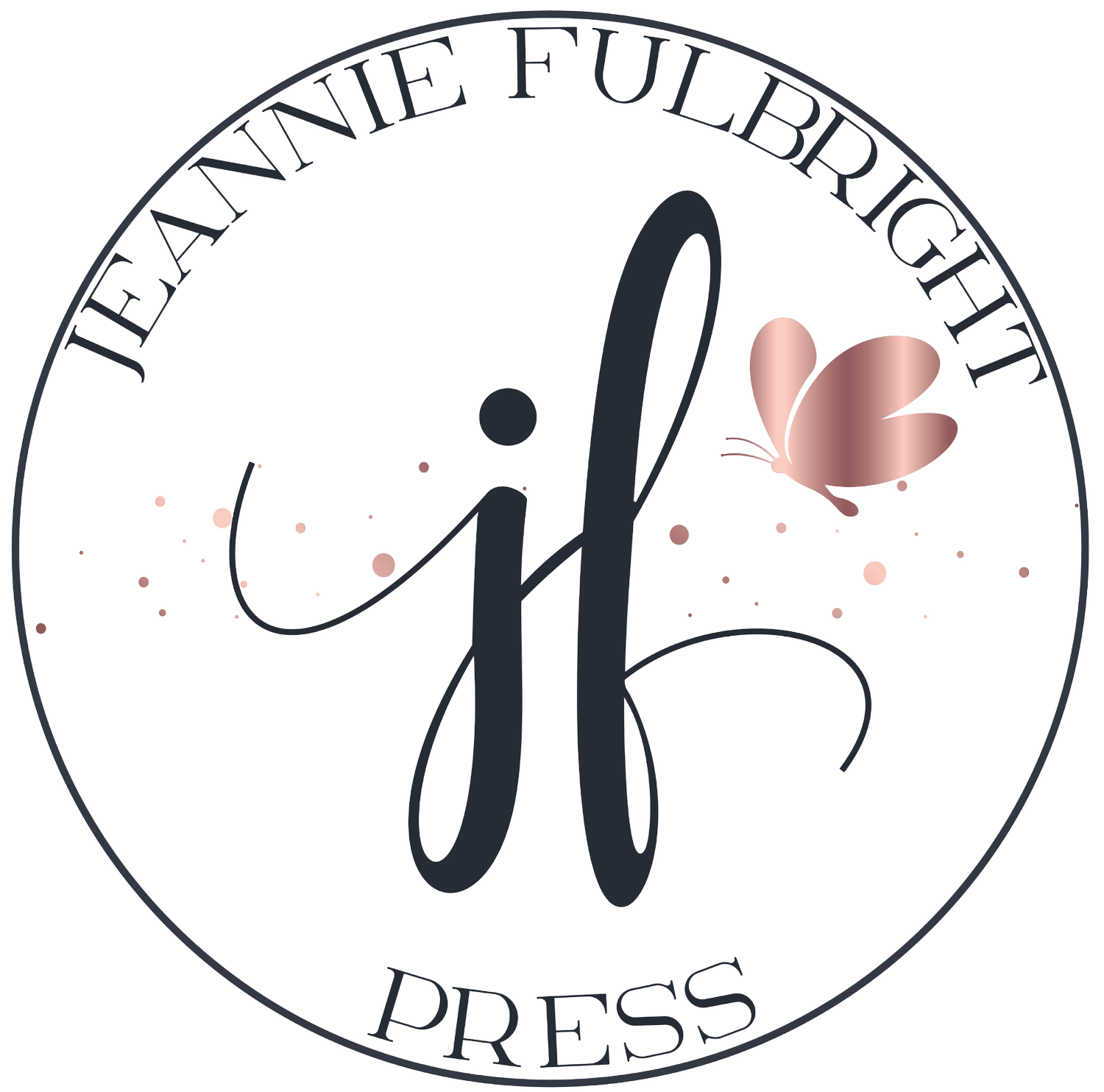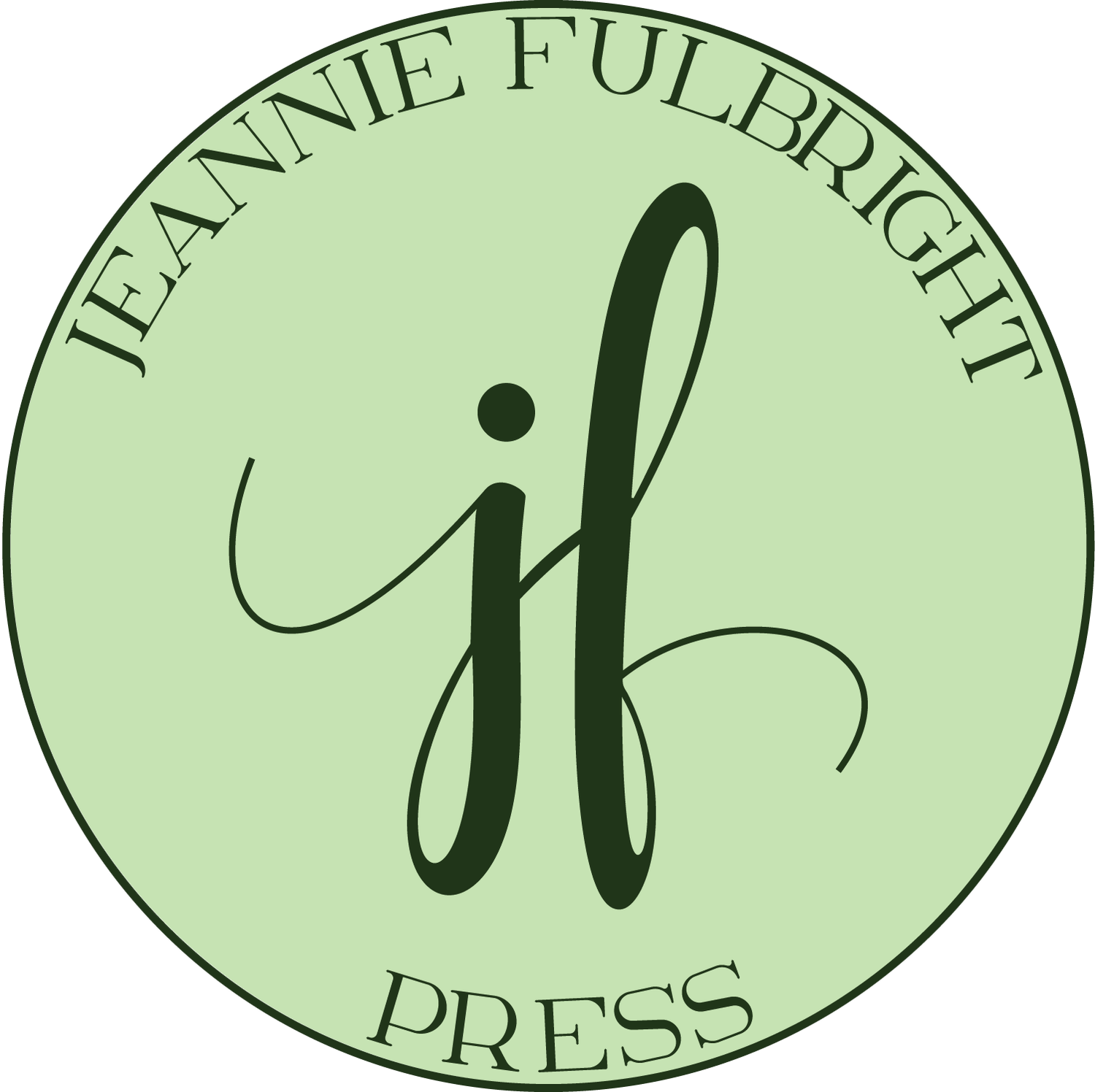Notebooking: Cultivating Creativity

The question we must ask is: How can we engage our children’s creativity in order to increase their knowledge? There are many ways to do this, but an important element is the establishment of a student notebook. The notebook is an educational scrapbook of interesting and creative assignments—a place where all the student’s efforts can be preserved.
Homeschoolers have coined the term “notebooking” for this creative endeavor. Yet notebooking is as old as the hills. Da Vinci, Lewis and Clark, and Alexander Graham Bell—just a few of the brilliant thinkers of our past—employed this method when acquiring knowledge. As they studied, they wrote their thoughts down. Their imaginations were released to consider ideas, draw illustrations, and for some, design tremendous inventions. Although notebooking has evolved, it retains the same original elements that allow creativity and knowledge to blend together.
Capitalize on creativity
Written narratives, illustrations, diagrams, photos of projects and activities, newspaper clippings, and articles are all assignments that can be included in the notebook. The student essentially creates his own book on a subject. He becomes not only a learner but an engaged author in that field of study. His creativity is purposeful and productive.
The best way to incorporate notebooking into your students’ courses is to replace some or all of the assignments in their current texts with creative assignments. Instead of answering questions about Ancient China, have them create a newspaper from that time period in Chinese history. In place of the chapter test about the three branches of government, have them make a picture book that teaches what they learned. Replace the worksheet on viruses with diagrams and drawings of the different diseases they might catch.
Encourage your students to make a Civil War alphabet book or a scrapbook of WWII rather than write a report. Creating a board game, making diagrams, writing and acting out plays or videos, drawing comic strips, and even developing power points are just a few of the many creative and imaginative activities you can use in place of the regularly scheduled assignments.
Notebooking has been shown to be extremely effective at both fueling joy in learning and initiating long term retention of the subject matter. In addition to the benefit of contemplating the topic more deeply as they work on their assignments, your students will have a unique record of their scientific learning—a keepsake they can look back at and be proud of for years to come.
View samples of my elementary science notebooking journals.

